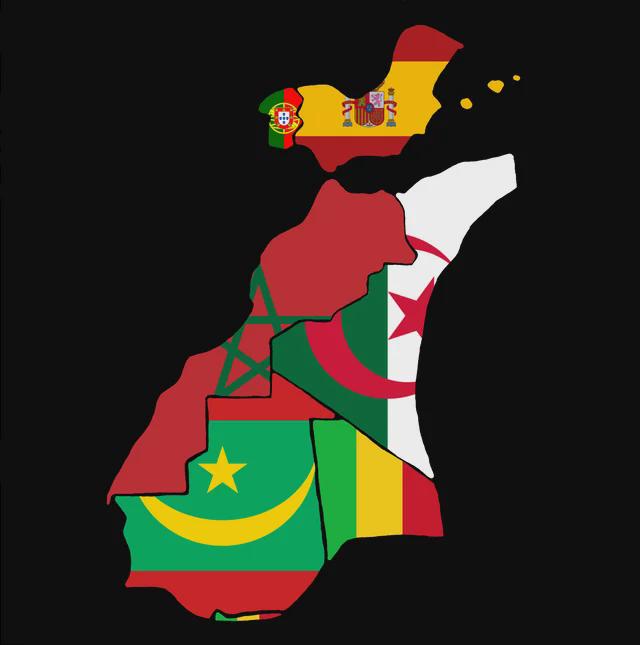
Introduction
The Almoravid Dynasty was a Berber Muslim dynasty that ruled over parts of North Africa and the Iberian Peninsula (modern-day Spain and Portugal) from the 11th to the 12th centuries. The dynasty is particularly significant in Moroccan history for its role in the establishment and expansion of Marrakesh, which became their capital and a major cultural and political center.

Key Aspects of the Almoravid Dynasty:
- Founding and Expansion:
- The Almoravid Dynasty was founded in the early 11th century by Abdallah ibn Yasin, a Berber scholar and religious reformer, who sought to purify Islam and return it to what he saw as its original principles. His followers, known as the Almoravids, were initially a small group of Sanhaja Berbers.
- Under the leadership of Yusuf ibn Tashfin, the Almoravids expanded their territory to include present-day Morocco, Algeria, and parts of the Iberian Peninsula.
- Capital and Architecture:
- In 1062, Yusuf ibn Tashfin founded Marrakesh, which became the capital of the Almoravid Empire. The city grew rapidly and became a major center for trade, learning, and culture.
- The Almoravids were known for their contributions to architecture, including the construction of mosques, schools (madrasas), and fortifications. The Koutoubia Mosque in Marrakesh, though later rebuilt by the Almohads, was initially constructed during the Almoravid period.
- Influence in Al-Andalus:
- The Almoravids extended their influence to Al-Andalus (Islamic Spain) in the late 11th century, where they played a key role in defending the Muslim territories against the Christian Reconquista. They helped to unite the Muslim Taifa kingdoms under their rule, which temporarily halted the Christian advance.
- Religious and Cultural Influence:
- The Almoravids were known for their strict adherence to the Maliki school of Islamic jurisprudence. They implemented religious reforms aimed at unifying and strengthening the Muslim community.
- They also fostered a vibrant cultural and intellectual environment, with scholars, poets, and scientists contributing to the Islamic Golden Age during their reign.
- Decline and Fall:
- The dynasty began to decline in the late 12th century due to internal strife, economic difficulties, and external pressures from the Almohad movement, which emerged as a powerful religious and military force. The Almohads eventually overthrew the Almoravids, taking control of their territories and establishing their own dynasty.
The Almoravid Dynasty played a crucial role in shaping the history and culture of North Africa and the western Mediterranean during the medieval period. Their legacy is still visible today, particularly in the architecture and cultural heritage of Marrakesh and other regions they ruled.
Flag of almoravid:

Map of almoravid

Was this helpful?
0 / 0







